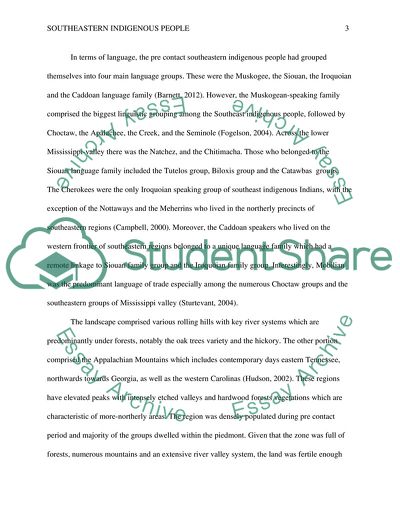Cite this document
(The Pre-Contact Southeastern Indigenous People Case Study - 1, n.d.)
The Pre-Contact Southeastern Indigenous People Case Study - 1. https://studentshare.org/culture/1798466-southeast-precontact-life-ways-changes-during-contact-and-colonialism
The Pre-Contact Southeastern Indigenous People Case Study - 1. https://studentshare.org/culture/1798466-southeast-precontact-life-ways-changes-during-contact-and-colonialism
(The Pre-Contact Southeastern Indigenous People Case Study - 1)
The Pre-Contact Southeastern Indigenous People Case Study - 1. https://studentshare.org/culture/1798466-southeast-precontact-life-ways-changes-during-contact-and-colonialism.
The Pre-Contact Southeastern Indigenous People Case Study - 1. https://studentshare.org/culture/1798466-southeast-precontact-life-ways-changes-during-contact-and-colonialism.
“The Pre-Contact Southeastern Indigenous People Case Study - 1”. https://studentshare.org/culture/1798466-southeast-precontact-life-ways-changes-during-contact-and-colonialism.


